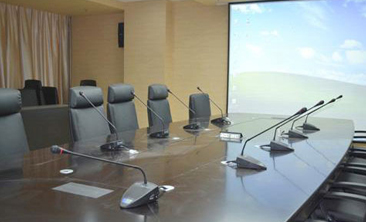
YangMikrofon persidangan Penempatan di bilik biasanya dibahagikan kepada penempatan desktop dan penempatan rak mikrofon. Apabila meletakkanMikrofon persidanganDi desktop, kita perlu memberi perhatian kepada sudut dan selang antara mulut speaker dan mikrofon. Cara terbaik ialah menyelaraskan paksi tengah mikrofon dengan mulut pembesar suara. Pada masa ini, mikrofon mempunyai ciri tindak balas frekuensi terbaik. Semakin jauh mulut bertentangan dengan paksi tengah, semakin teruk ciri tindak balas frekuensi, semakin teruk kehilangan treble, dan voltan output mikrofon akan dikurangkan. Biasanya berbentuk hatiMikrofon persidangan, Sudut antara mulut dan paksi pusat berada dalam skala 450.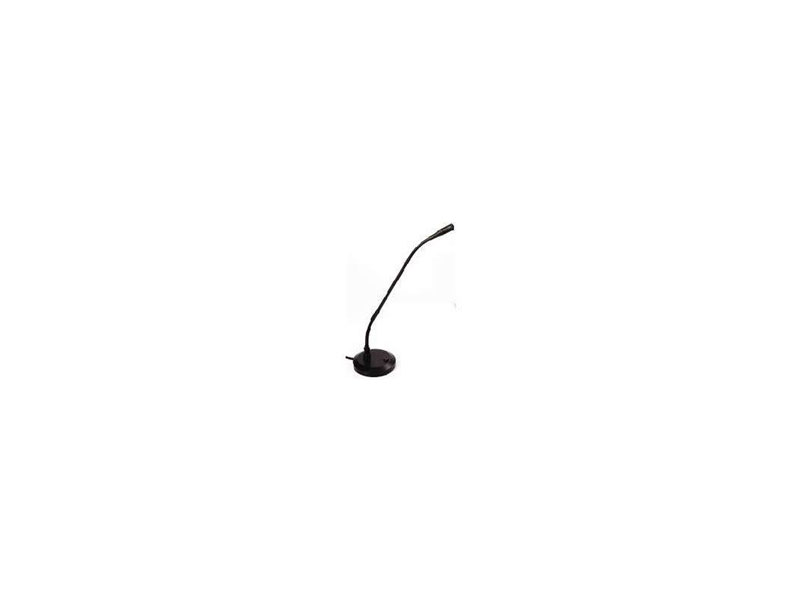
Apabila bercakap di bilik persidangan, untuk meningkatkan kejelasan ucapan, mikrofon harus 20-30 cm dari mulut. Sekiranya terlalu dekat, mudah untuk membentangkan aksen jet frekuensi rendah, yang mempengaruhi kejelasan bunyi. Jika terlalu jauh, mikrofon mengambil terlalu banyak pantulan dan reverberations, yang boleh dengan mudah membawa kepada menjerit. Pada masa ini, jika pengadun ditolak terlalu kecil, kekuatan tidak dapat memenuhi keperluan, penonton tidak dapat mendengar kandungan ucapan, menolak terlalu besar dan mudah menjerit. Oleh itu, sangat penting untuk menganggarkan selang ucapan pembesar suara dengan tepat apabila meletakkan mikrofon di tempatnya.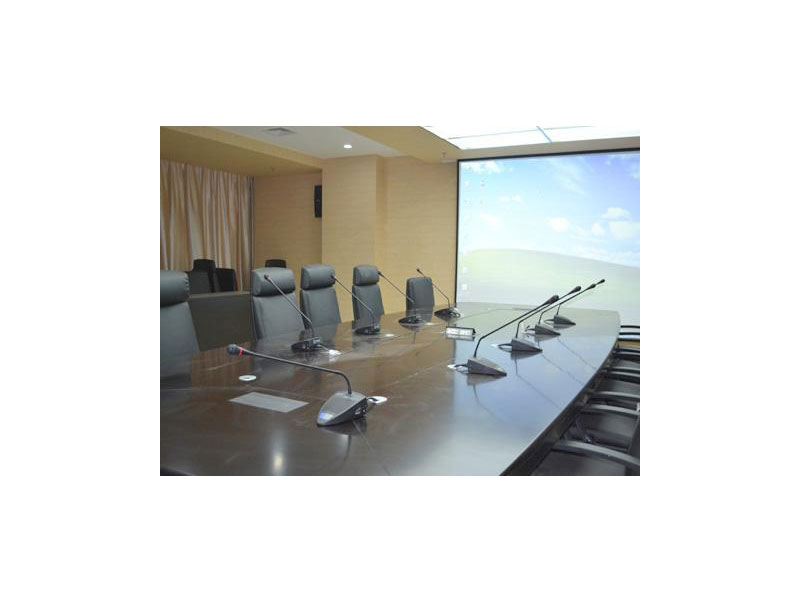
Apabila beberapa penceramah perlu meletakkan pelbagai mikrofon, selang antara mikrofon harus tiga kali lebih besar daripada selang antara sumber bunyi dan mikrofon (iaitu Memenuhi kriteria 3:1), untuk mengurangkan gangguan fasa apabila isyarat ditambah.
Apabila seseorang bercakap dan perlu mengambil bunyi dengan dua atau lebih mikrofon (contohnya untuk persembahan), simpan dua atau lebih mikrofon sedekat mungkin. Selang antara setiap mikrofon dan sumber bunyi (mulut speaker) sepatutnya rata yang mungkin untuk mengelakkan gangguan fasa apabila isyarat ditambah. Pada masa ini, kita perlu memberi perhatian lebih kepada konsistensi fasa mikrofon. Ambil dua mikrofon sebagai contoh. Jika dua mikrofon tidak mengambil jumlah yang besar lagi, fasa terbalik dua mikrofon dijelaskan. Pada ketika ini, fasa mikrofon perlu diselaraskan. Biasanya, masalahnya terletak pada garis mikrofon, selagi pendawaian mikrofon diselaraskan. Apabila pendirian mikrofon diletakkan, kerana banyak pendirian mikrofon adalah kurungan segi tiga, unjuran pusat graviti mikrofon harus diletakkan di salah satu kurungan selepas mikrofon dipasang. Di samping itu, tiang bergerak mikrofon tidak boleh ditarik terlalu lama untuk mengelakkan pusat graviti mikrofon terbalik di luar skala pendakap.
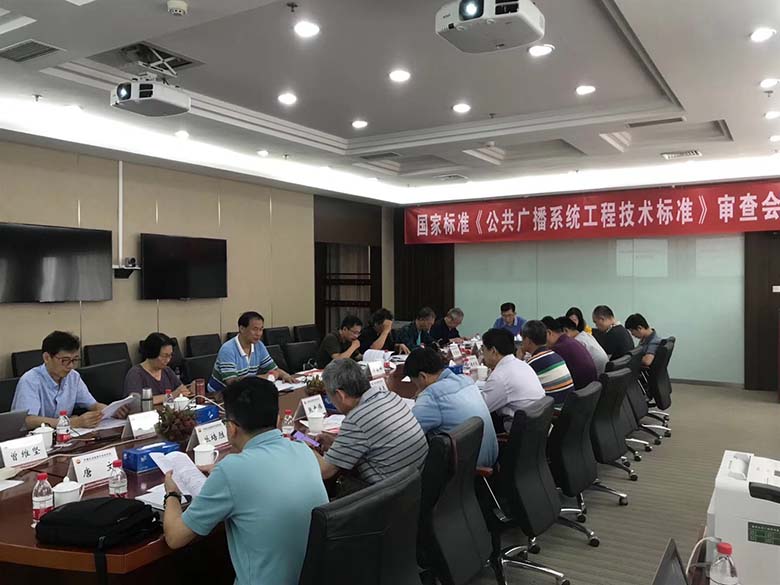 Mesyuarat kelulusan Standard kebangsaan yang diadakan di BeijingJuly 19, 2019Mesyuarat kelulusan Standard kebangsaan yang diadakan di BeijingThe kelulusan mesyuarat piawaian StandardTechnical kebangsaan sistem alamat awam engineeringis diadakan di Beijing pada 16 julai 2019. Xue Chang...view
Mesyuarat kelulusan Standard kebangsaan yang diadakan di BeijingJuly 19, 2019Mesyuarat kelulusan Standard kebangsaan yang diadakan di BeijingThe kelulusan mesyuarat piawaian StandardTechnical kebangsaan sistem alamat awam engineeringis diadakan di Beijing pada 16 julai 2019. Xue Chang...view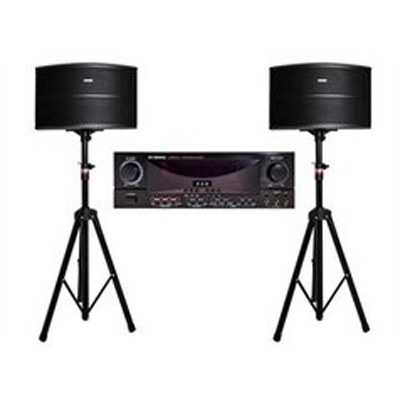 Memandu bunyi ke hadapan: kemajuan dalam teknologi penguat PA profesionalJuly 6, 2023Dalam dunia audio, penguat PA profesional memainkan peranan penting dalam menyampaikan tetulang bunyi yang kuat dan jelas. Penguat ini telah datang jauh dari segi kemajuan teknologi...view
Memandu bunyi ke hadapan: kemajuan dalam teknologi penguat PA profesionalJuly 6, 2023Dalam dunia audio, penguat PA profesional memainkan peranan penting dalam menyampaikan tetulang bunyi yang kuat dan jelas. Penguat ini telah datang jauh dari segi kemajuan teknologi...view

